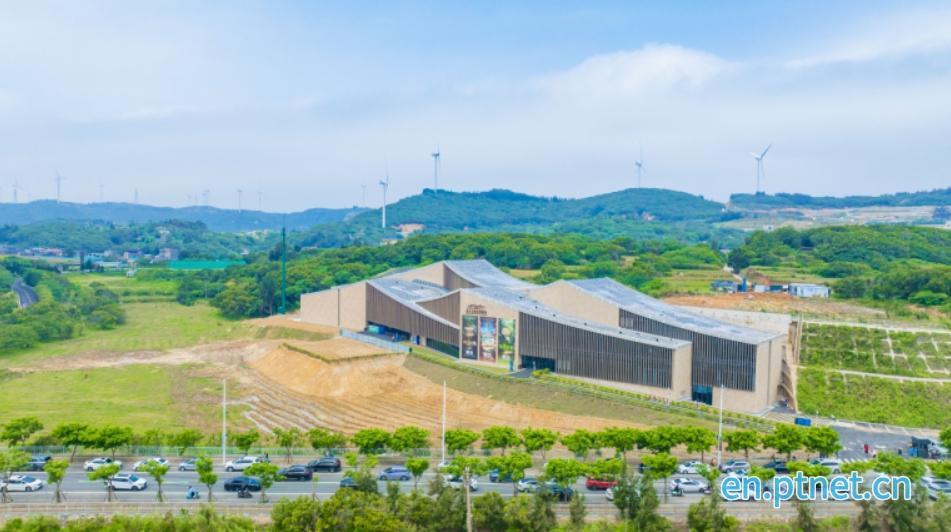Stone meets steel, tradition meets vision
en.ptnet.cn | Updated:2025-05-29 | Lin Kongbo, StephaniePingtan, located off the coast of Fujian province and the Chinese mainland's closest point to Taiwan, is more than a strategic zone for cross-Straits integration and global trade. It is also China's second international tourism island after Hainan—and a quietly emerging canvas for architectural storytelling.
Here, nestled between the mountains and the sea, buildings are not merely structures; they are poetry cast in stone and concrete, echoing the tides of time. Pingtan's architectural landscape unfolds as a visual dialogue between generations—where weathered stone houses embrace ocean winds and futuristic forms rise along the horizon.
Traditional stone villages embrace the sea breeze with centuries-old craftsmanship and quiet endurance.
Wandering through the island's ancient villages, visitors encounter the timeless beauty of traditional stone dwellings that cradle the salt air in their weathered walls. Built with rugged granite and stacked with the wisdom of generations, these homes embody the resilience of island life. Their rooftops are crowned with wind-proof black stones, a signature that feels both ornamental and deeply practical—like a necklace strung with ancestral memory. Moss grows between the cracks of cobbled alleys, and the sun casts a warm gray glow on the mottled facades, transforming these coastal scenes into textured, living frescoes.
The Pingtan International Performing Arts Center carves a bold silhouette with sleek concrete and striking lines.
Turn a corner, and the clean geometry of modernity reveals itself. The Pingtan International Performing Arts Center breaks free from the vernacular mold with concrete lines that slice through the skyline in bold, angular rhythms. As night falls, the building lights up in sequence, shimmering like a beacon across the bay. Its sleek silhouette harmonizes with the soft glimmer of distant homes, composing a delicate balance between strength and stillness. "It's not just a theater—it's a sculptural statement," says a local architecture enthusiast. "It brings drama even before the curtain rises."

The Keqiutou Site Museum rises like a fragment of ancient pottery, blending archaeological essence with architectural expression.
Farther along the coast, the Keqiutou Site Museum stands as a tribute to both history and design. With a rippling rooftop that mimics the waves, the museum flows into its maritime surroundings. From afar, its pale stone cladding evokes the presence of an ancient relic; up close, it reveals a finely crafted surface etched with timeworn patterns. "It's like a prehistoric shard breaking through the surface," one visitor remarked. "The building itself feels like an artifact." Inside, state-of-the-art exhibits contrast the exterior's rawness, blending innovation with reverence in a space where prehistoric civilization and contemporary design meet.

The Pingtan Strait Rail-cum-Road Bridge connects more than just land—it links tradition and innovation in one sweeping line.
Where the island reaches out to the sea, the Pingtan Strait Rail-cum-Road Bridge emerges—a bold statement of engineering power. Spanning the ocean with steel and resolve, its sharp lines cut across the horizon. When high-speed trains rush across its tracks, the shimmering metal glides through the same frame as centuries-old stone houses, creating an almost cinematic experience of time travel.
In Pingtan, the juxtaposition of architectural styles isn't a clash—it's a chorus. The grounded permanence of traditional stone homes nourishes the creative boldness of modern structures. And in return, contemporary architecture breathes new life into heritage spaces. Textures of stone meet curves of concrete, the rustic joins the refined, and the past converses freely with the future. Together, they compose an island symphony written in walls, roofs, and skylines.

 Fujian Public Security Registration Code: 35012802000271
Fujian Public Security Registration Code: 35012802000271